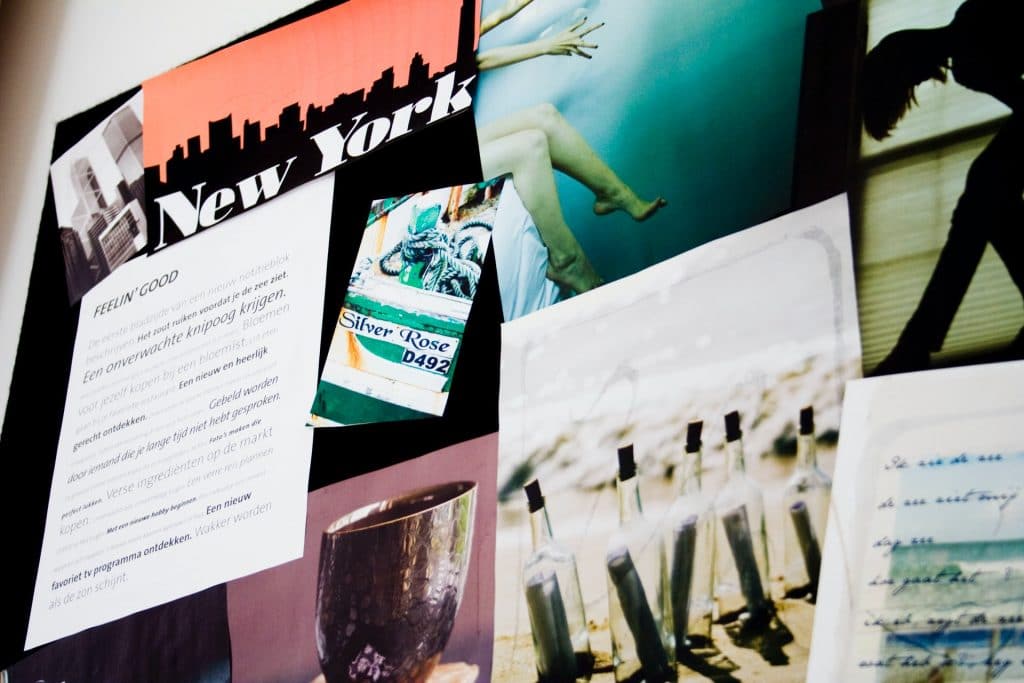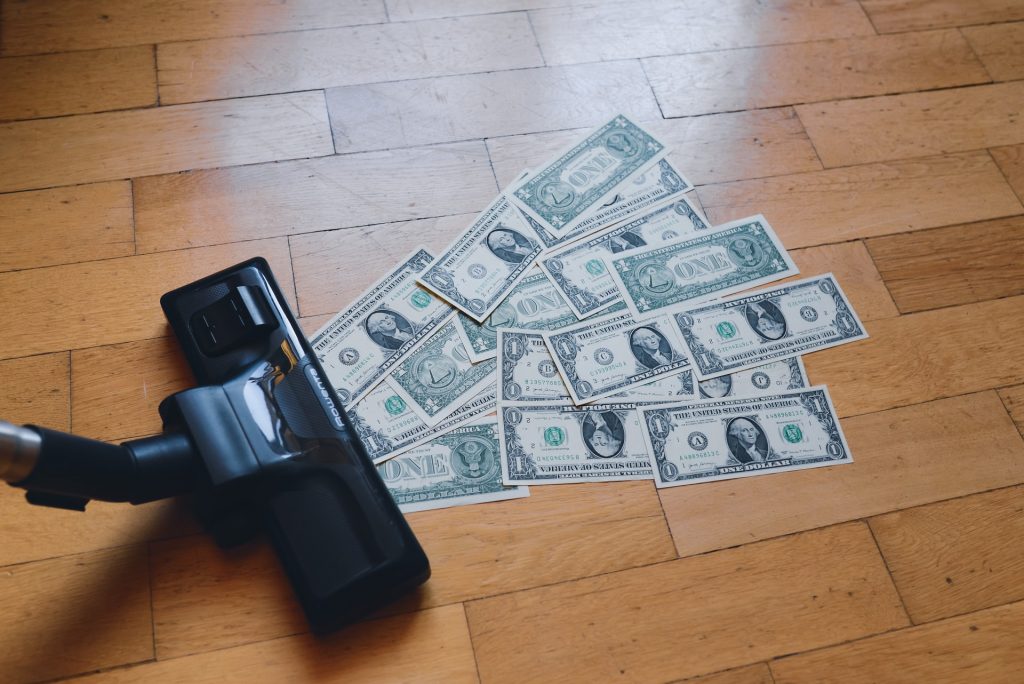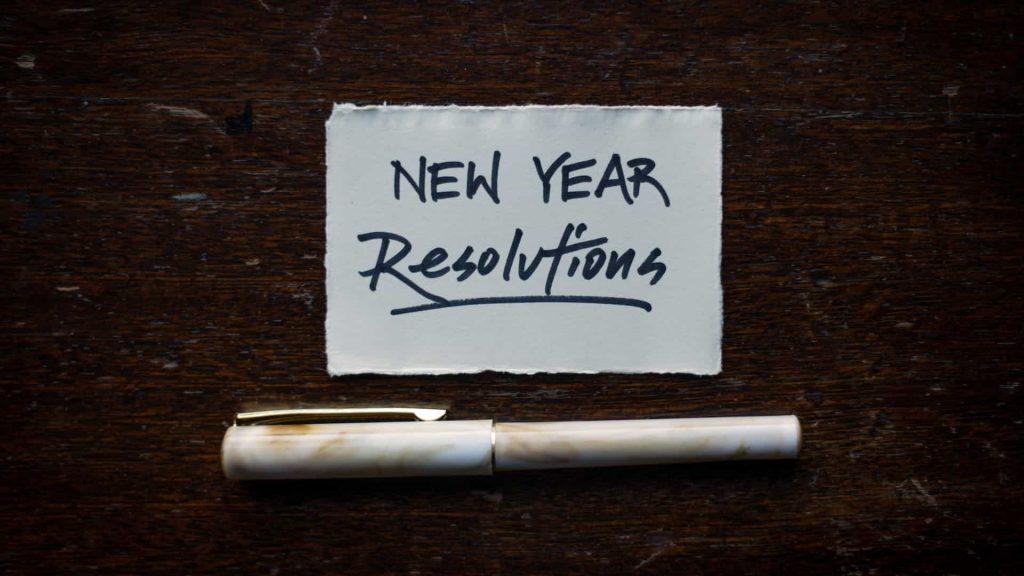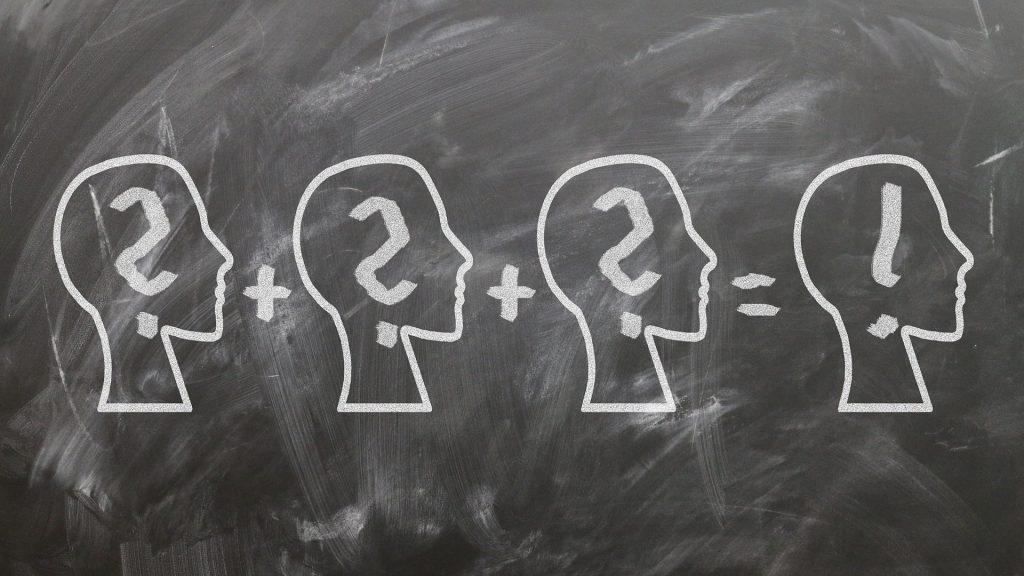Visualisation: Picturing a Life of Success
Close your eyes…and imagine yourself achieving your biggest goal, giving your greatest performance, getting your highest success. Picture yourself with the life that you want, doing the things that you have long wanted to do. Now open your eyes…you just visualised, and believe me, if you were able to see it in your mind’s eye, you can see it come to life in reality. Sporting stars, CEOs, celebrities, and successful people everywhere swear by visualisation, and accredit some of their greatest successes to it! Are you sceptical? Read on to see the proof that is in the pudding!
What is Visualisation?
Visualisation is the process of repeatedly imagining what you want to achieve in order to create it and make it happen. Some might call it daydreaming, but it is far more powerful than that! Some of history’s greatest Olympians like Michael Phelps and Katie Ledecky attribute their success to a combination of training, hard work and visualisation. The Greatest of All Time female swimmer Katie Ledecky said, “I have my goals and I visualise them to help me achieve those goals…I know what my stroke should feel like at different parts of the race, and I can just kind of picture that in my mind.”
Visualisation can look like imagining your goals and achieving them in your mind, or it can be a vision board that physically reminds you of the goals and dreams you have. Both are just effective as each other. As fighter pilots, we do something very similar before we go and fly a mission. We call it ‘Chair Flying’. Chair flying looks like us sitting in a quiet spot, visualising us flying the mission, and physically replicating the hand and feet manoeuvres as we visualise. This is a really powerful practise that gets us in the zone, ready to fly successfully.
Muhammad Ali said, “If my mind can conceive it, and my heart can believe it, then I can achieve it.” And he is so right. It must be known that visualisation is not a substitute for hard work! Hard work is absolutely essential for success, and I would argue that visualisation without action and hard work is daydreaming. Visualisation must accompany hard work in order for it to be effective!
Visualisation in Practice

Visualising is not a one-time fix; it is a repeated practice! For some, it begins with closed eyes, where you can freely tap into all of your senses. Think about one goal at a time to prevent overwhelm and think about the scenario in as much detail as possible. Specifically, engage each of your senses in the scenario. What sounds can you hear? What smells can you smell? And so on and so forth with taste, touch, and sight.
For others, visualisation can be sitting in a quiet room and writing down their vision for their goals and successes. Or creating affirmations that remind themselves of where they want to be and how they are going to get there. Meditation is a great one for some, and for others, it can be a very difficult task! The key with visualisation is that you find what works for you and do it over and over! Being specific about what you want is also important for visualisation! If we are too broad, it can be difficult for our minds to compute what we actually want and then we will find it difficult to make specific goals that are going to take us to where we want to be!
The most powerful thing about visualisation is that it costs nothing, and you can do it anywhere! On the train, while falling asleep, at the beach or the gym, literally anywhere! All you need is you and your brain! I am not suggesting that merely thinking about an event in the future will magically make it happen, no. I am highlighting the benefits of imagining your body at work in the context of future events – chair flying or what strokes are to be done in a race are great examples. We are goal-orientated beings, who need an inner compass to feel direction and purpose, and this is your chance to see your goals in action!
Hot Tips for Visualisation
People who have been doing this practice for years did not just become great at it the first time they did it. They became great at it over time and through practice – hence why visualising is not a one-time solution. Here are some tips from people who have had great success through visualising – start with getting clear on what you want. You need to have specific goals in mind in order for this to be a worthwhile task. Do you want to start your own business, win a race, or write a book? Start with getting clear on the goal and make that your foundation.
Next, visualise often. If we do it only once, we can’t complain when we don’t achieve our goals! So, if you have a vision board, put it in a prominent place that you’ll see and reflect on each day. If you write down your goals, put them next to your bed and read them before bed each night, or when you wake up. If you prefer just to do it in your head, carve out time in your schedule to do it! Be intentional about this practice, consistency and repetition are essential!
And finally, do not throw hard work out the window now that you visualise. Success is the combination of hard work AND visualisation! Imagine if Olympians just thought “well, I visualise so there is no need to train.” That would be a disaster and they wouldn’t be getting the results that they want. Visualisation is not a substitute; it is what you do in conjunction with hard work!
Why Not Give it a Go?
We all have goals, but not all of us will achieve them. While there are many ways to make sure that we are getting the results we want, visualisation is a really powerful technique used by so many of the GOATs in our world! If this is something you haven’t done before, why not give it a go? You have nothing to lose, and so much to gain! And remember, it is not a substitute, never stop grinding for the life and success that you want!
If you're looking for another article on setting a clear vision for your business, click ‘here'!
Hey! You’re Biased! – #21 Loss Aversion

It has been proven that the pain of losing is about two times more powerful than the pleasure of gaining. Losing money, a car, or valuables, can feel worse than gaining that same thing. This is what drives loss aversion. For example, a group of people were randomly divided. One group became the sellers, and one group became the buyers. The scientists then gave coffee mugs to the sellers as a gift. The sellers were then asked how much they would sell the mug for, and it resulted in the sellers placing a much higher price on the mug than the buyers did…loss aversion in action!
References
Rovello, J. (n.d.). 5 ways Katie Ledecky, Michael Phelps, and other Olympians visualise success. Inc. https://www.inc.com/jessica-rovello/five-steps-to-visualize-success-like-an-olympian.html#:~:text=Visualization%20is%20the%20practice%20of,Oprah%20Winfrey%20and%20Sarah%20Blakely
Globokar, L. (2020). The power of visualisation and how to use it. Forbes. https://www.forbes.com/sites/lidijaglobokar/2020/03/05/the-power-of-visualization-and-how-to-use-it/?sh=7b331d216497
Niles, F. (2011). How to use visualisation to achieve your goals. Huffington Post. https://www.huffpost.com/entry/visualization-goals_b_878424


